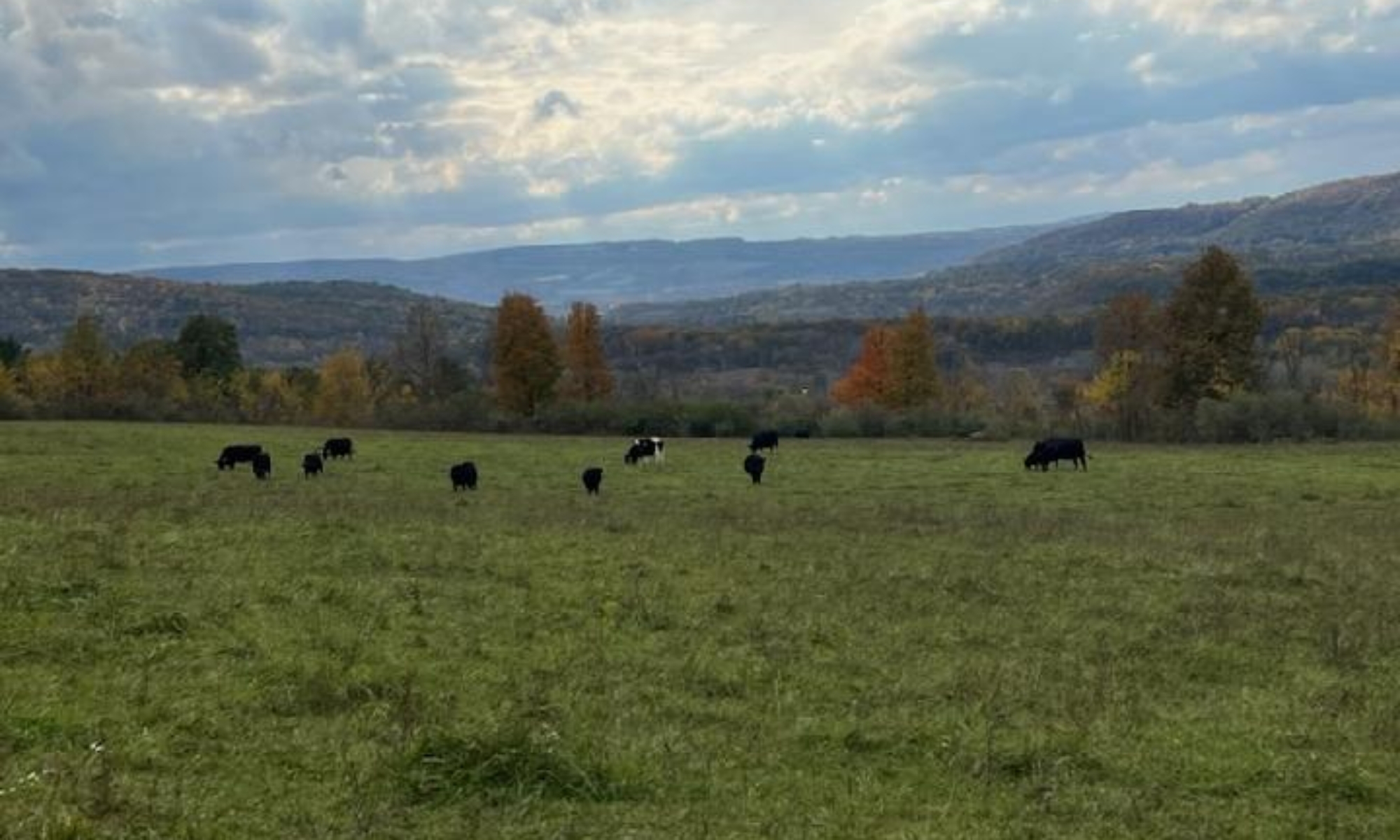A while ago we posted about work we were doing on a new mobile chicken coop. That new coop is now in service.

It took several days for the chickens to learn that they had to walk up the ramp to get back inside the coop. The first few nights they would walk around the coop knowing they had to get up in there, but unsure how. It would have been comical except that we had to try and herd them to the ramp. Now they all routinely go in as the sky starts to darken at night.

We designed the coop to hold 60 chickens comfortably, and we have about 45 at present. By moving the coop regularly, the chickens don’t find alternate places to lay their eggs, which means we are not spending time searching for clutches behind trees or under weeds.
Sometime in November we will give the coop a good cleaning while the chickens are out. Then we will park the coop near the barn so that the chickens can have some artificial light. (This helps keep them producing eggs.) When snow arrives, they will be limited to this coop and a covered outdoor eating area.
When the weather warms, the coop will get another good cleaning, and the chickens will be off to the pastures again.
Both the chickens and the humans are enjoying the benefits of our chicken Taj Mahal. Our thanks to the Farmer’s father for the idea and to the father and the Farmer’s sons for building it. Excellent job!











